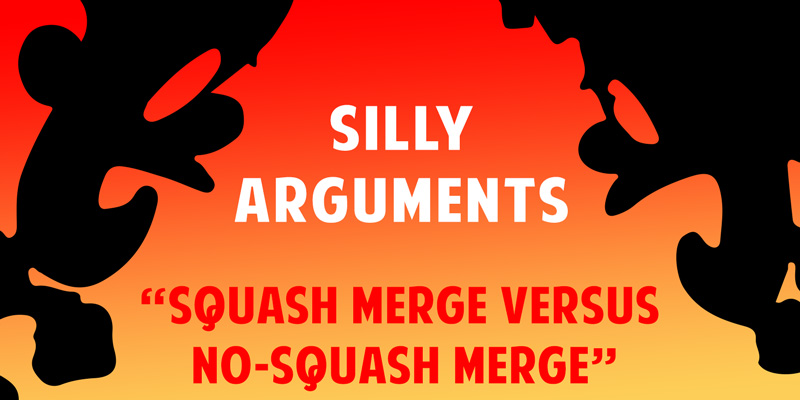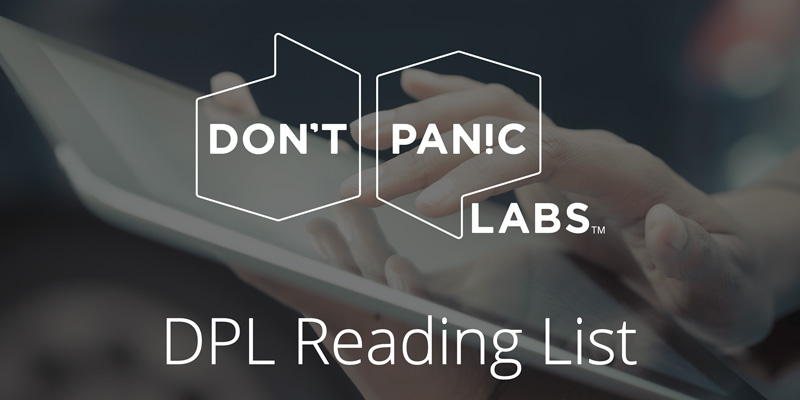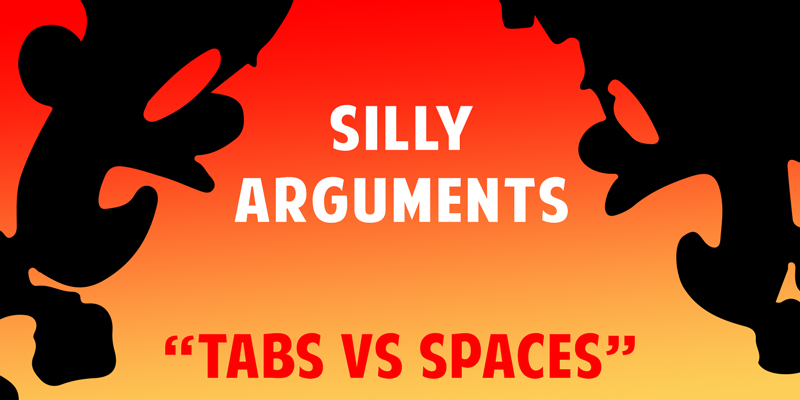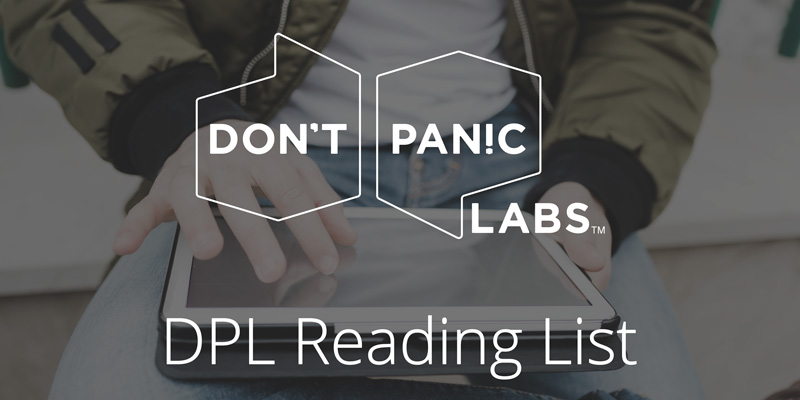Blog
The Latest from Our Team

Silly Arguments – Squash Merge Versus No-Squash Merge
Previously in this series, we discussed the silly argument of tabs versus spaces. Now we are moving on to squash merge versus no squash merge. Before getting into this topic, we should cover branching in Git. Git is a source control system created by Linus Torvalds. One of its key differentiators is that branching actually…
Read more…

DPL Reading List – March 23, 2018
Here are some of the articles we’ve been reading around this office this week. What Will Health Care Look Like Once Smart Speakers Are Everywhere? – “Studies have suggested that, by 2020, 50% of all searches will be conducted by voice and smart speakers are expected to reach 55% of U.S. households by 2022. It…
Read more…

Silly Arguments – Tabs Versus Spaces
In our industry there are conversations (arguments, really) that probably aren’t very fruitful. Some of these can include: Tabs vs Spaces Squash merge vs no squash merge git branching strategy var or not to var Constructor injection vs dependency injection Database change control – deltas vs schema I’m kicking off a series where we look…
Read more…

DPL Reading List – March 16, 2018
Here are some of the articles we’ve been reading around this office this week. Google Thinks it’s Close to “Quantum Supremacy.” Here’s What That Really Means – “The magic of quantum computers lies in those qubits. Unlike the bits in classical computers, which store information as either 1 or 0, qubits can exist in multiple…
Read more…

Database Change Control, Part 4
We covered Entity Framework Code First in an earlier post where we just let Entity Framework create the database tables for us from a schema. That pattern might break down when we have actual data, but I do think letting Entity Framework create your tables is a great pattern for proof on concepts. In this…
Read more…

DPL Reading List – March 9, 2018
Here are some of the articles we’ve been reading around this office this week. 4 Ways to Build an Innovative Team – “So the simplest answer is that you need to start by empowering the people already in your organization. But to do that, you need to take responsibility for creating an environment in which…
Read more…

DPL Education – Sales Tax Activity
Our Software Design and Development Clinics focus on teaching engineers the real-world development skills that will make them more productive and effective. Part of the class is Doug and I covering several topics, but we try to have a real focus on actually doing things. We want students to develop skill and knowledge, which takes…
Read more…

DPL Reading List – March 2, 2018
Here are some of the articles we’ve been reading around this office this week. Your Strategy Should Be a Hypothesis You Constantly Adjust – “What is new is the idea that closing the gap between strategy and execution may not be about better execution after all, but rather about better learning – about more dialogue…
Read more…

Database Change Control, Part 3
In my previous posts, I have covered two forms of database change control. Both of those focused on taking some sort of schema and deploying it. But in this post, I am changing focus to something that stores the deltas and reapplies them. Both DbUp and Code-First Migrations will basically play a continual list of…
Read more…

DPL Reading List – February 23, 2018
Here are some of the articles we’ve been reading around this office this week. Google Thinks The Future Of The Web Is . . . Email – “Usually this sort of insider baseball development standard stuff isn’t worth writing about, but AMP for Email comes at a particularly salient time. The opaque algorithms of Twitter,…
Read more…